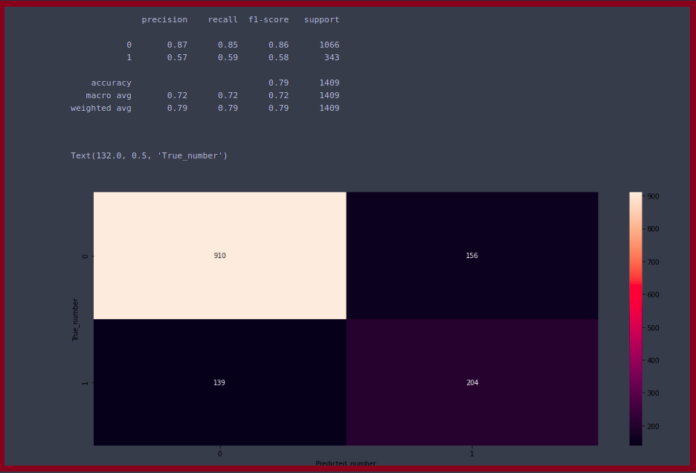In Pandas, Panel is a very important container for three-dimensional data. The names for the 3 axes are intended to give some semantic meaning to describing operations involving panel data and, in particular, econometric analysis of panel data.
In Pandas Panel.radd() function is used for element-wise addition of series and series/dataframe. It is equivalent to other + panel.
Syntax: Panel.radd(other, axis=0)
Parameters:
other : DataFrame or Panel
axis : Axis to broadcast overReturns: Panel
Code #1:
# importing pandas module import pandas as pd import numpy as np df1 = pd.DataFrame({'a': ['Geeks', 'For', 'neveropen', 'for', 'real'], 'b': [11, 1.025, 333, 114.48, 1333]}) data = {'item1':df1, 'item2':df1} # creating Panel panel = pd.Panel.from_dict(data, orient ='minor') print("panel['b'] is - \n\n", panel['b'], '\n') print("\nAdding panel['b'] with df1['b'] using radd() method - \n") print("\n", panel['b'].radd(df1['b'], axis = 0)) |
panel['b'] is -
item1 item2
0 11.000 11.000
1 1.025 1.025
2 333.000 333.000
3 114.480 114.480
4 1333.000 1333.000
Adding panel['b'] with df1['b'] using radd() method -
item1 item2
0 22.00 22.00
1 2.05 2.05
2 666.00 666.00
3 228.96 228.96
4 2666.00 2666.00
Code #2:
# importing pandas module import pandas as pd import numpy as np df1 = pd.DataFrame({'a': ['Geeks', 'For', 'neveropen', 'for', 'real'], 'b': [11, 1.025, 333, 114.48, 1333]}) data = {'item1':df1, 'item2':df1} # creating Panel panel = pd.Panel.from_dict(data, orient ='minor') print("panel['b'] is - \n\n", panel['b'], '\n') # Create a 5 * 5 dataframe df2 = pd.DataFrame(np.random.rand(5, 2), columns =['item1', 'item2']) print("Newly create dataframe with random values is - \n\n", df2) print("\nAdding panel['b'] with df2 using radd() method - \n") print(panel['b'].radd(df2, axis = 0)) |
panel['b'] is -
item1 item2
0 11.000 11.000
1 1.025 1.025
2 333.000 333.000
3 114.480 114.480
4 1333.000 1333.000
Newly create dataframe with random values is -
item1 item2
0 0.584980 0.504366
1 0.730408 0.259226
2 0.255814 0.825562
3 0.459585 0.052188
4 0.197732 0.551450
Adding panel['b'] with df2 using radd() method -
item1 item2
0 11.584980 11.504366
1 1.755408 1.284226
2 333.255814 333.825562
3 114.939585 114.532188
4 1333.197732 1333.551450
Code #3:
# importing pandas module import pandas as pd import numpy as np df1 = pd.DataFrame({'a': ['Geeks', 'For', 'neveropen', 'real'], 'b': [-11, +1.025, -114.48, 1333]}) df2 = pd.DataFrame({'a': ['I', 'am', 'dataframe', 'two'], 'b': [100, 100, 100, 100]}) data = {'item1':df1, 'item2':df2} # creating Panel panel = pd.Panel.from_dict(data, orient ='minor') print("panel['b'] is - \n\n", panel['b']) print("\nAdding panel['b'] with df2['b'] using radd() method - \n") print("\n", panel['b'].radd(df2['b'], axis = 0)) |
panel['b'] is -
item1 item2
0 -11.000 100
1 1.025 100
2 -114.480 100
3 1333.000 100
Adding panel['b'] with df2['b'] using radd() method -
item1 item2
0 89.000 200
1 101.025 200
2 -14.480 200
3 1433.000 200

